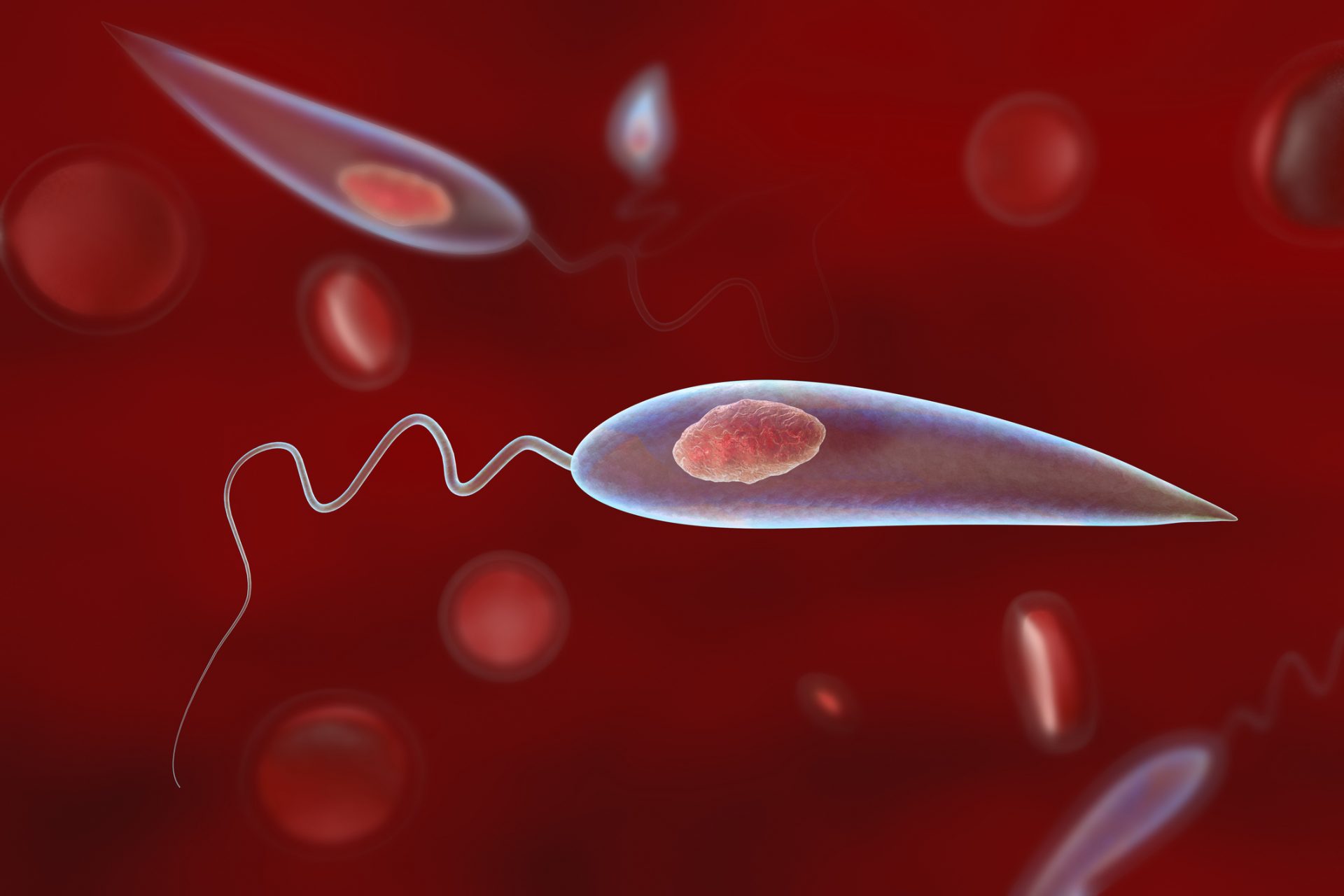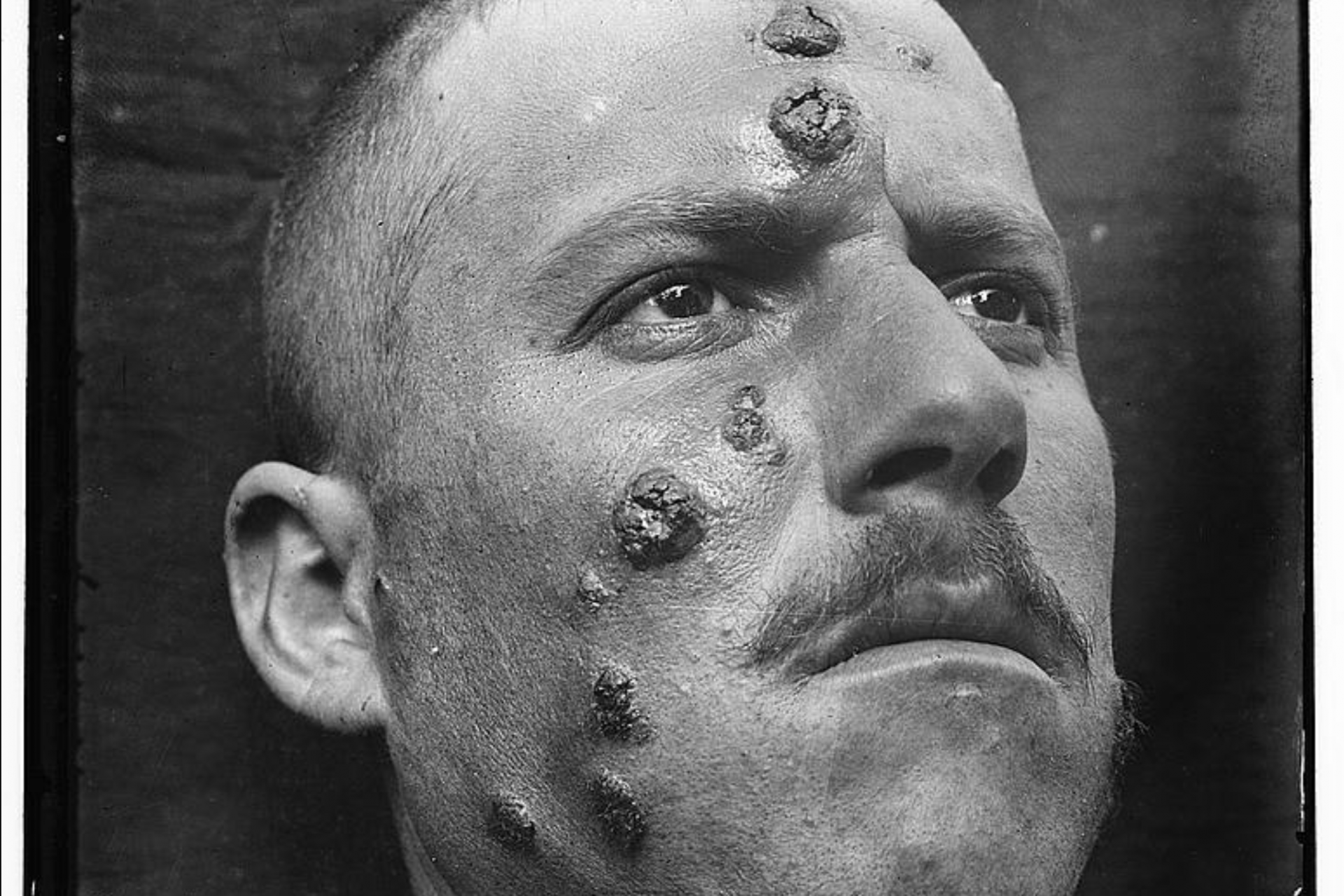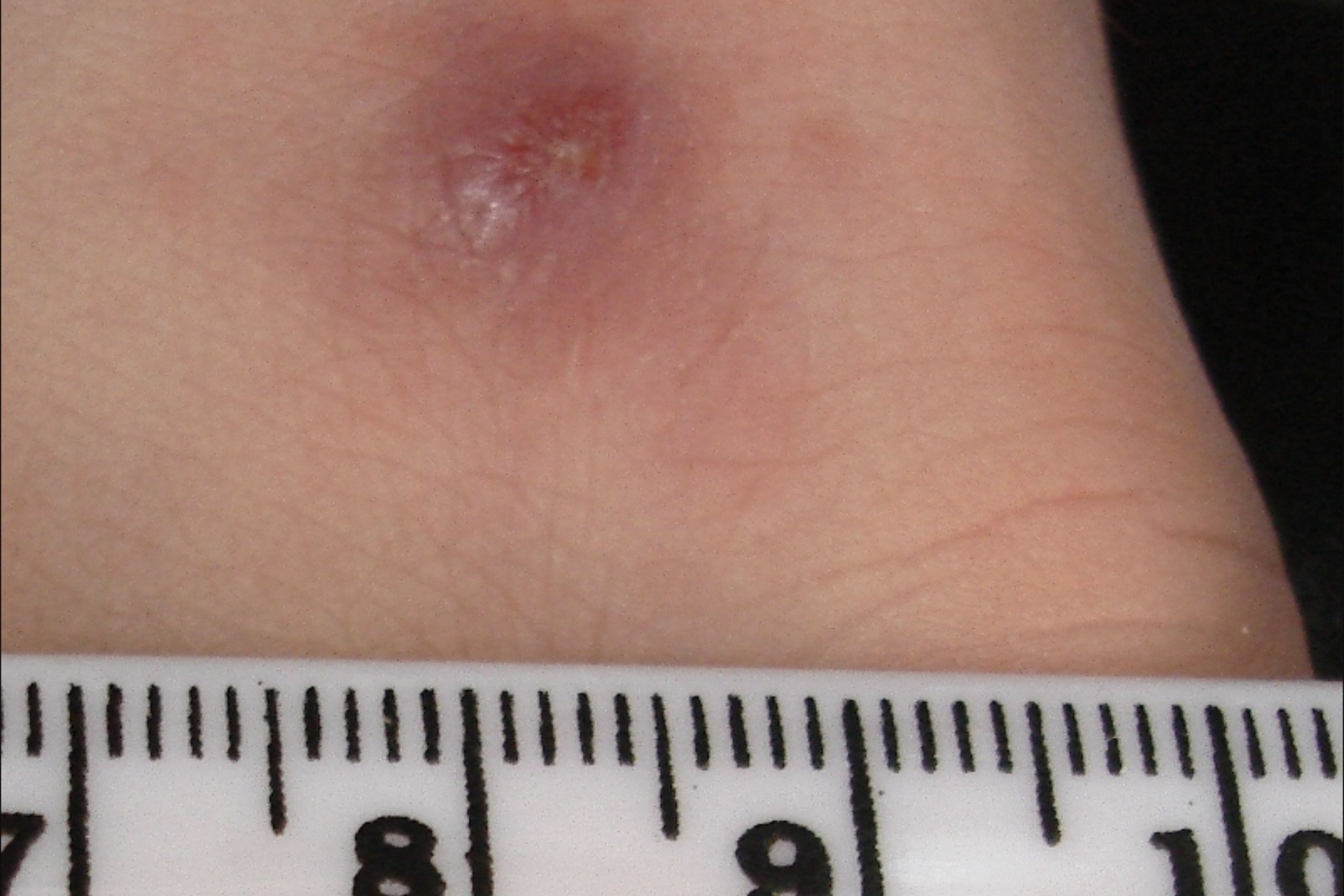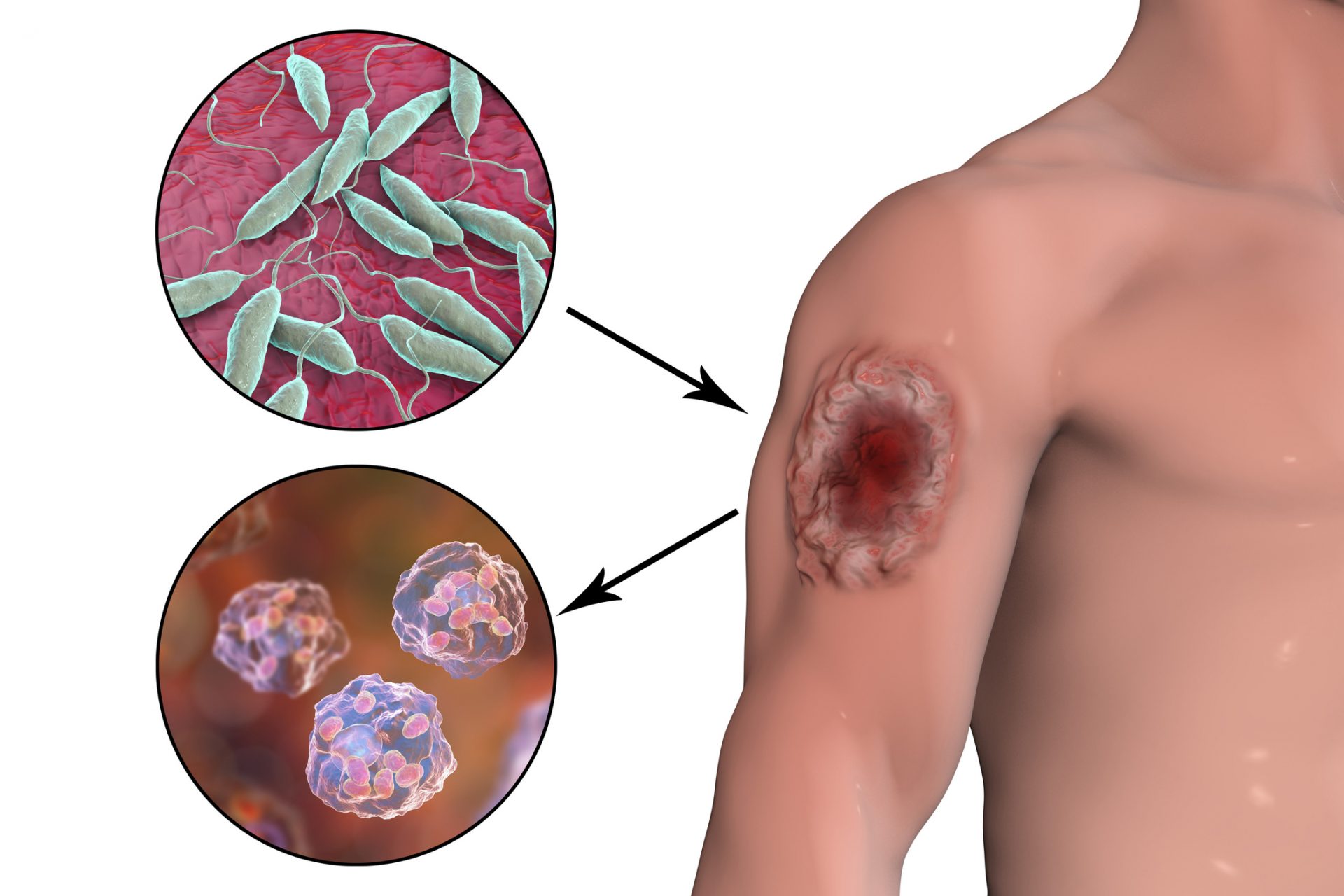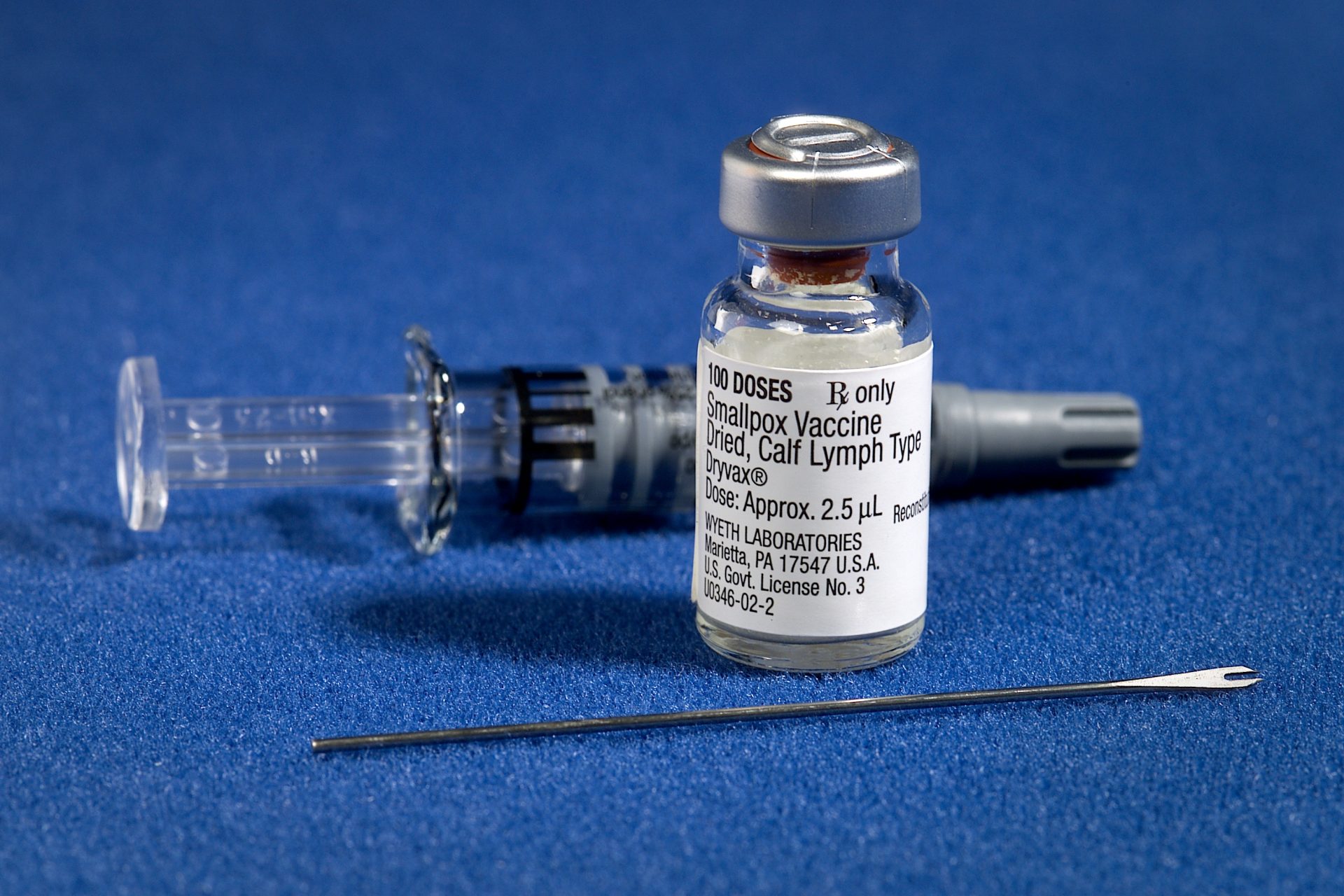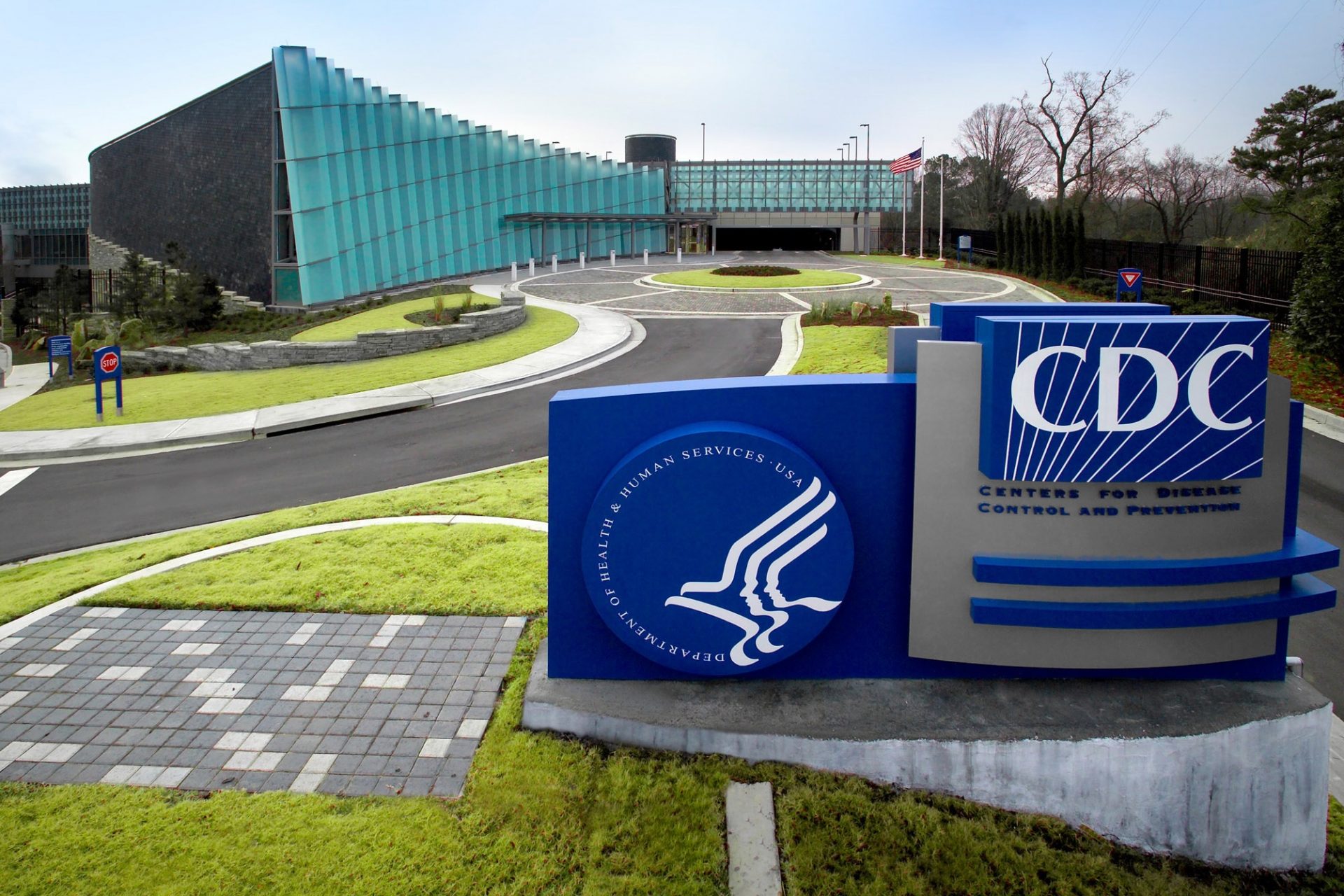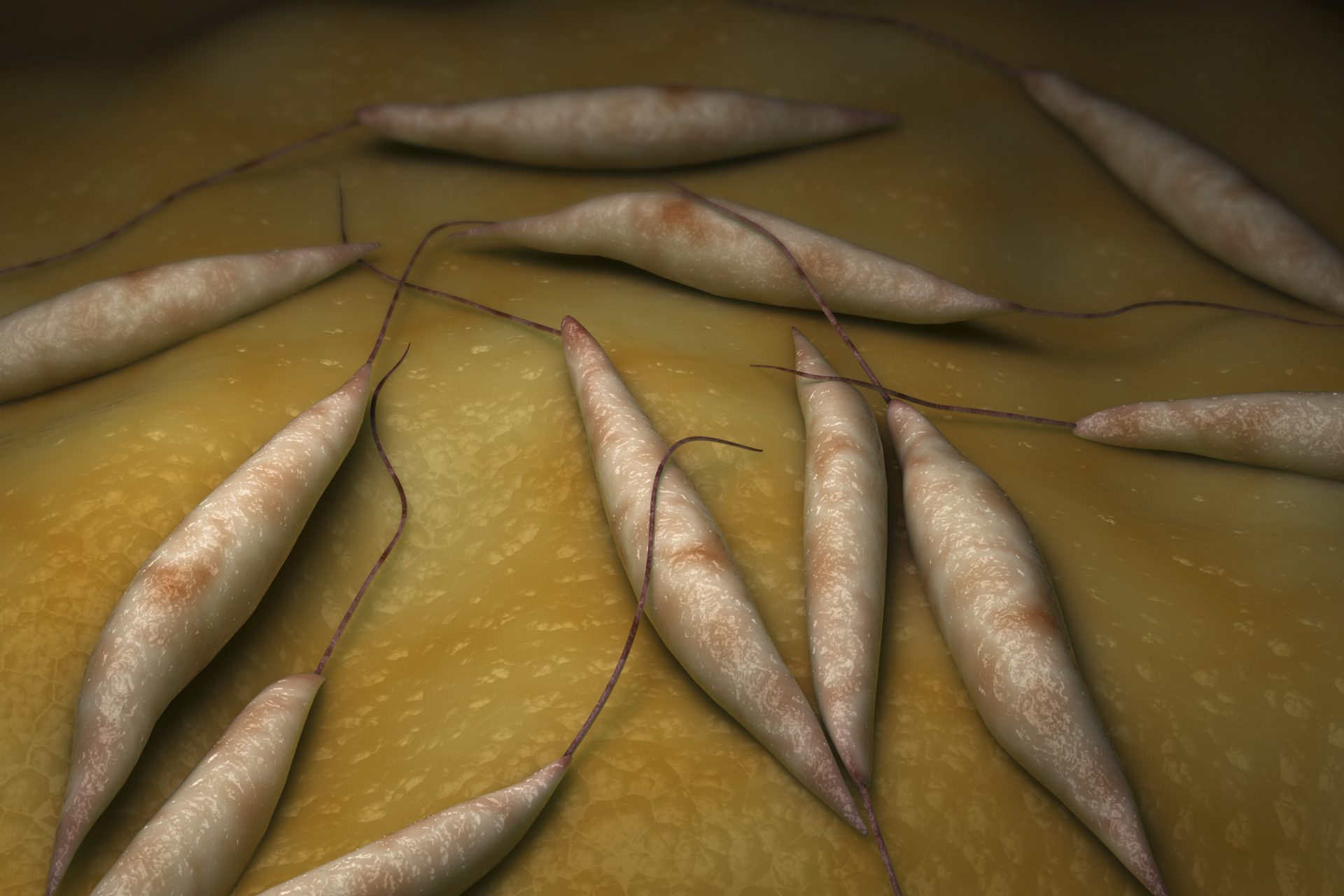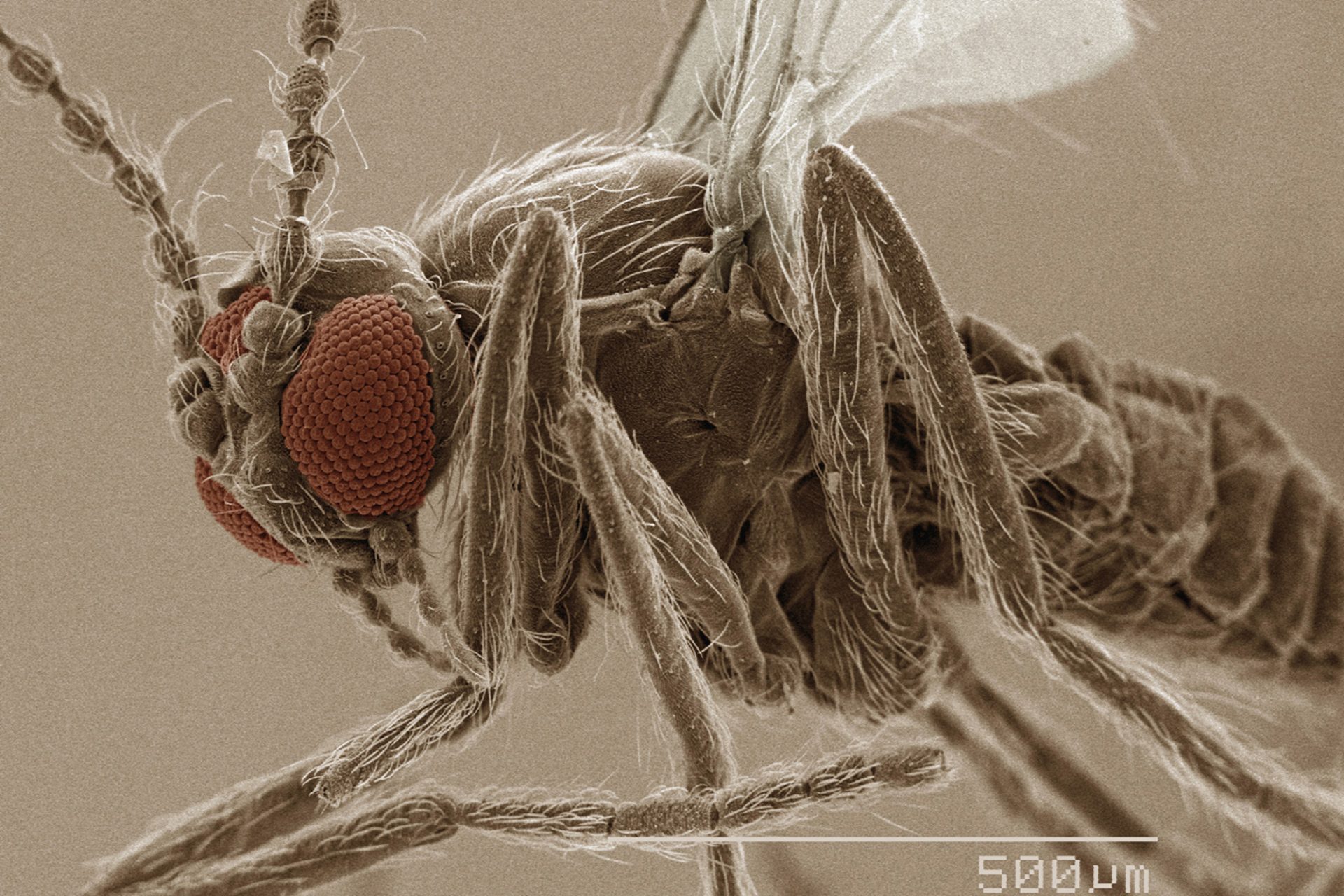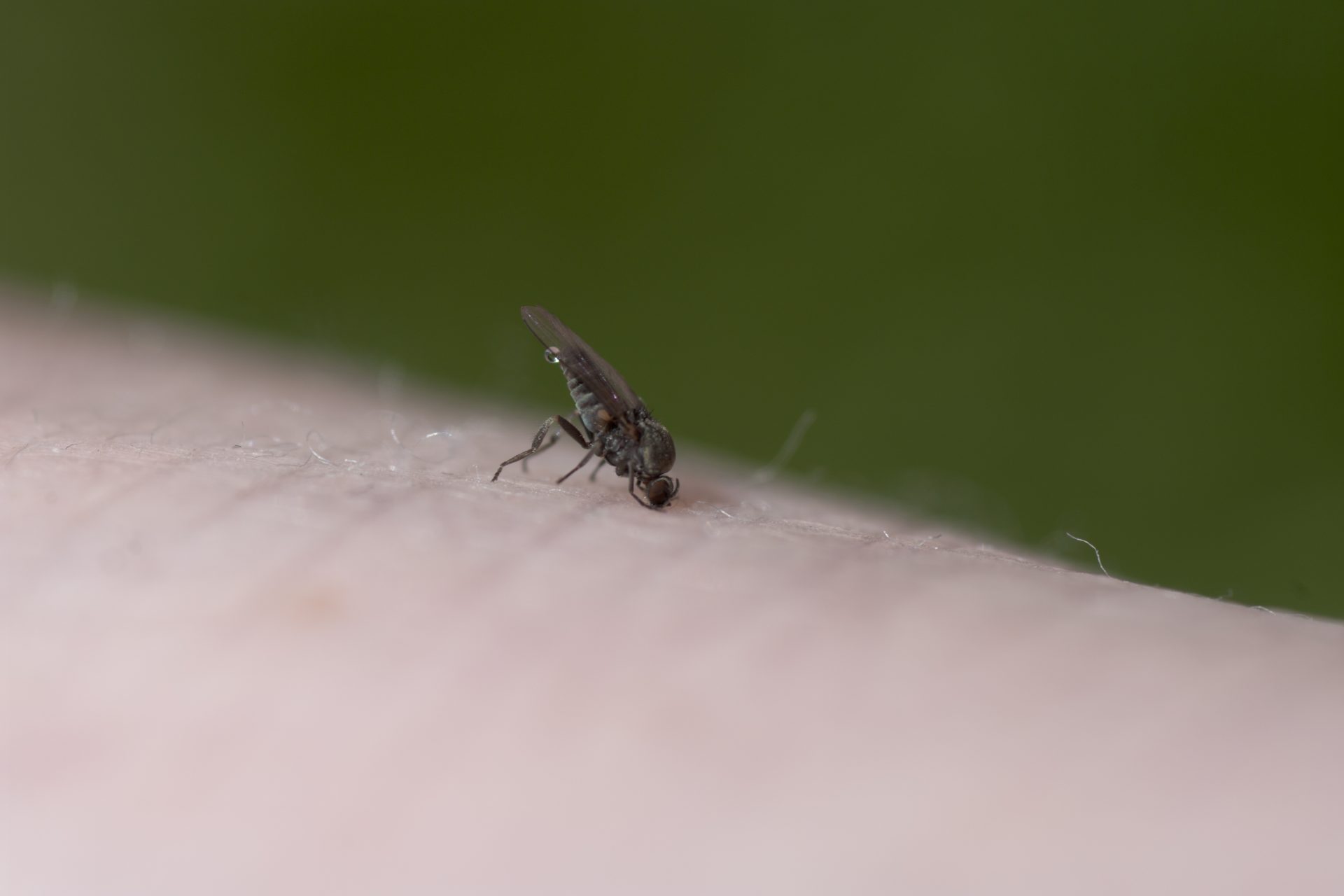A dangerous tropical parasite may now be endemic in America
A worrying tropical disease that was once only found among those who traveled abroad has made its way to the shores of the United States. This is what you need to know about the disease and how to know if you’ve caught it.
Leishmania mexicana is a dangerous flesh-eating parasite that has never really been a problem for the United States beyond the few travelers who picked up the disease it carries while abroad.
Most people would only pick up a disease from Leishmania mexicana while in Mexico or Central America, but the parasite has become endemic in some parts of the U.S. where temperature changes have allowed it to spread.
Leishmania mexicana is the main cause of a nasty, and sometimes dangerous, disease known as cutaneous leishmaniasis according to Wikipedia. This is one disease that you do not want to catch due to its harsh symptoms.
Photo Credit: Wiki Commons By DBaba/ United States Library of Congress' Prints and Photographs
The Centers for Disease Control and Prevention webpage on the Leishmania parasite noted that the disease lays dormant in some individuals while in others it can quickly develop into the telltale skin rashes that indicate an infection.
Photo Credit: Wiki Commons By Abanima - Own work
The sores sometimes start as small bumps or lumps on the skin but can turn into volcano-like ulcers that raise and carter. These ulcers sometimes scab or crust over and thankfully aren’t painful. However, they can last for years.
A recent CBS News report on the growing endemic crisis noted that there is no vaccine for leishmaniasis in humans, which is why the parasitic disease’s ulcers and sores can continue on and off for long periods of time in some unlucky patients.
By Photo Credit: Wiki Commons By James Gathany / CDC Public Health Image Library (PHIL), with identification number #2674
Unfortunately, new findings from a genetic study co-authored by Dr. Mary Kamb of the CDC’s Division of Parasitic Diseases and Malaria found that a strain of Leishmania was likely now endemic to some parts of the United States.
Photo Credit: Wiki Commons By James Gathany, Centers for Disease Control and Prevention
"This genetic information adds credence to this idea that leishmaniasis is occurring here in the United States, it's endemic here in the United States, at least in Texas and maybe southern border states," Dr. Kamb told CBS News.
Previous cases of leishmaniasis spreading to people who had not traveled abroad have been discovered in the United States before, which lends more proof to Dr. Kamb’s and her colleagues' idea that a unique strain has been circulating for some time in the U.S.
One 2018 study discovered that endemic cases of cutaneous leishmaniasis represented 59% of all identified cases in the United States. The number was quite low at 41 people but the science was still quite concerning.
Photo by Alexander Grey on Unsplash
Kamb and her colleagues examined more than 2000 reported cases of leishmaniasis in the U.S. according to USA Today, and they found 89 incidents where the people involved hadn’t traveled abroad prior to developing leishmaniasis.
The findings were presented during the annual conference of the American Society of Tropical Medicine and Hygiene in Chicago and researchers noted that their analysis suggested a unique strain of the Leishmania parasite was circulating in the U.S.
“There have been previous indications of local transmission based on a small number of case reports, but now, for the first time, we have a distinct genetic fingerprint from a relatively large cluster, providing further evidence that leishmaniasis may be well-established in some parts of the United States,” Dr. Kamb said according to the press release.
The Leishmania parasite spreads through the bite of sand flies according to the CDC, the best way to protect yourself from catching leishmaniasis is to avoid being bitten. So you should use insect repellent when in sand areas known to hide sand flies.
“In general, prevention and control measures must be tailored to the local setting and typically are difficult to sustain. Control measures against sand fly vectors or animal reservoir hosts might be effective in some settings,” the CDC wrote on its website.
More for you
Top Stories




